I guess there are 2 possible directions.
1. Do Camera Calibration
Chessboard pattern is often used for calibration, but of course other patterns may be used.
What we need is constraints that we can use for optimization.
Therefore, the geometric knowledges of the pitch you have also may be able to used.
e.g. some known positions, some straight lines may be able to used as the constraints.
However, in general, we have to used many number of images to obtain good accuracy.
It is important that the constraints are distributed over the entire field of view and that the distribution is not extremely biased.
Therefore, if only one or a few images can be used, or if it is not possible to change the camera pose to capture various images, the accuracy of the calibration results cannot be expected.
(In the first place, if such work can be performed, there is no need to insist on using pitch images...)
2. Some Morphing like way.
You know the real shape of the pitch, so, for some points, you can do "manual undistortion".
When you can give the movement from the position in the original image to in undistorted image to a point, the amount of movement that should be given to the points around it should also be a similar value.
So, "interpolate the movement" can be conceivable.
Although this method is simple, the results may be unsatisfactory.
There is also the problem of what to do with the outside of the pitch.
 It is a field hockey pitch with standard dimensions (91.4m x 55m). I can even map all lines intersections if necessary.
It is a field hockey pitch with standard dimensions (91.4m x 55m). I can even map all lines intersections if necessary.